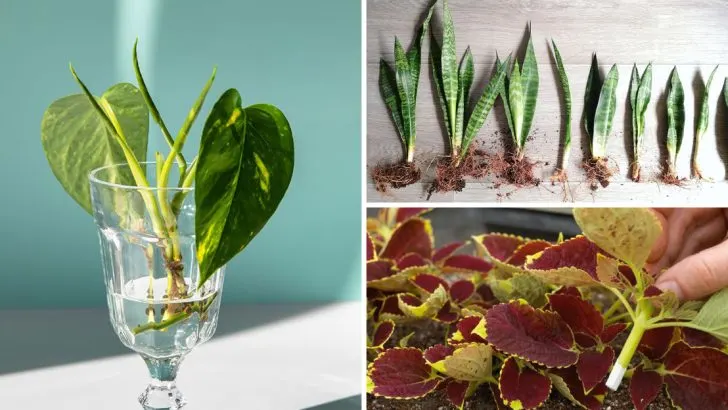Propagating houseplants is a rewarding way to expand your indoor jungle, share greenery with friends, or simply experiment with your favorite plants.
But winter, with its shorter days and lower temperatures, might seem like an unlikely time to try. Fortunately, many houseplants can still thrive and propagate successfully during the colder months with a few strategic adjustments.
In this article, we’ll share eight proven methods for propagating houseplants in winter. Whether you’re working with cuttings, division, or water propagation, these tips will help ensure your plants grow strong roots and flourish despite the chill outside.
Water Propagation
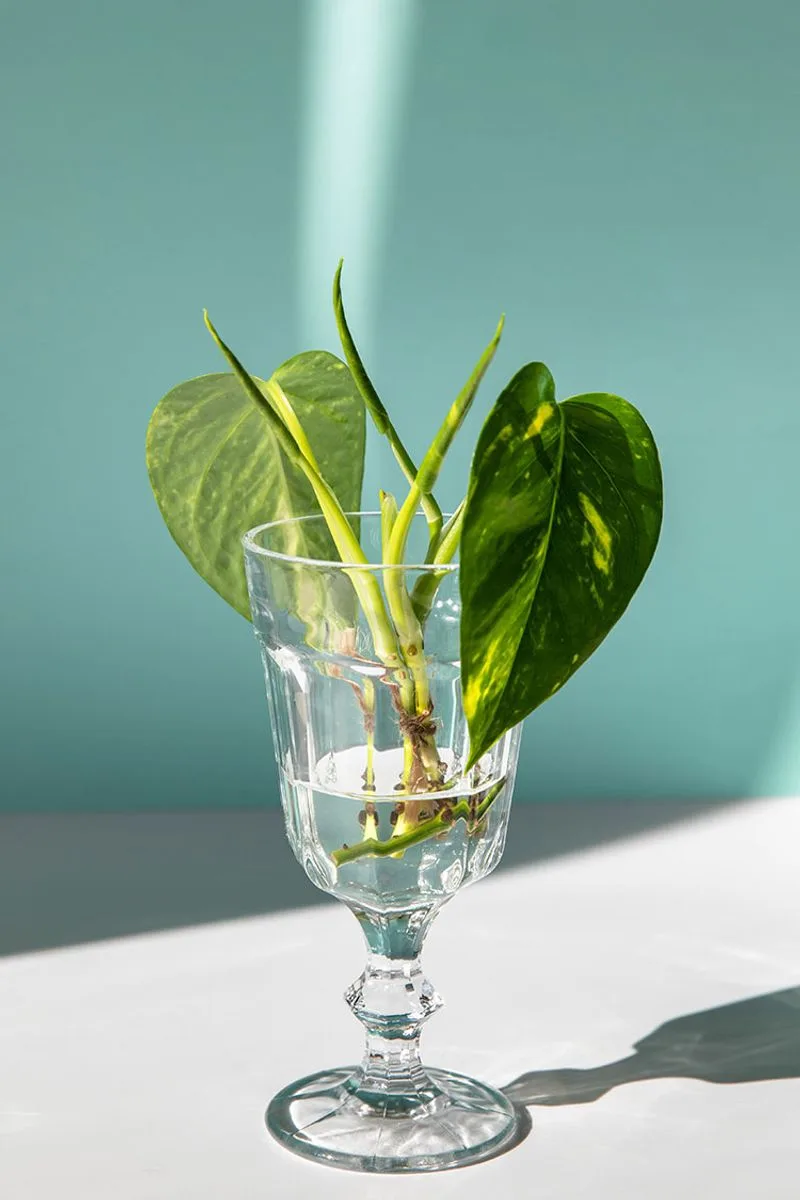
Rooting plant cuttings in water is a straightforward way to propagate during winter. Choose healthy stems, immerse them in a jar of water, and place the jar in a warm, sunny spot. Regularly change the water to prevent stagnation and encourage root development. This method is perfect for plants like pothos or philodendrons, which root easily in water.
Observe the root growth, and once they reach a few inches, transfer them to soil. This technique allows you to witness the fascinating process of roots emerging firsthand, making it both educational and rewarding.
Soil Propagation
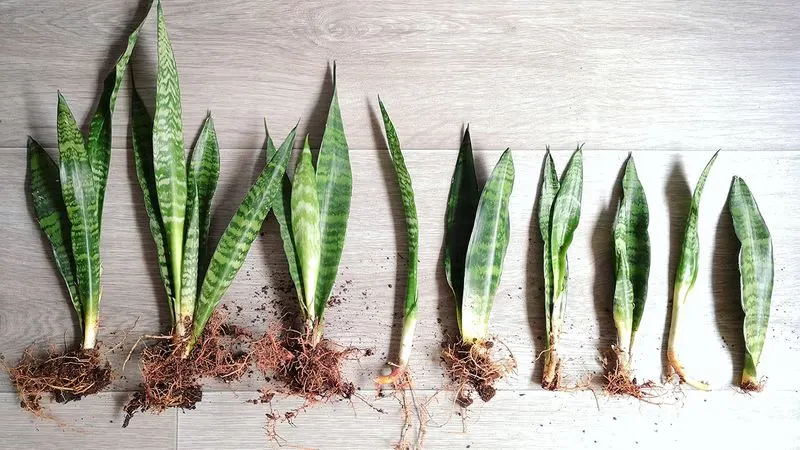
Soil propagation involves placing cuttings directly into potting mix to encourage root development. Ensure the soil is moist but not waterlogged, providing a stable environment for growth. Use rooting hormone on the cut’s end to boost success rates for certain species.
Covering the plant with a plastic bag can create a mini greenhouse effect, retaining moisture. This approach suits plants like succulents and geraniums, which prefer soil over water. Keep the pots in a warm area with indirect sunlight for optimal results. Over time, new roots will establish, promising a new plant from your efforts.
Air Layering
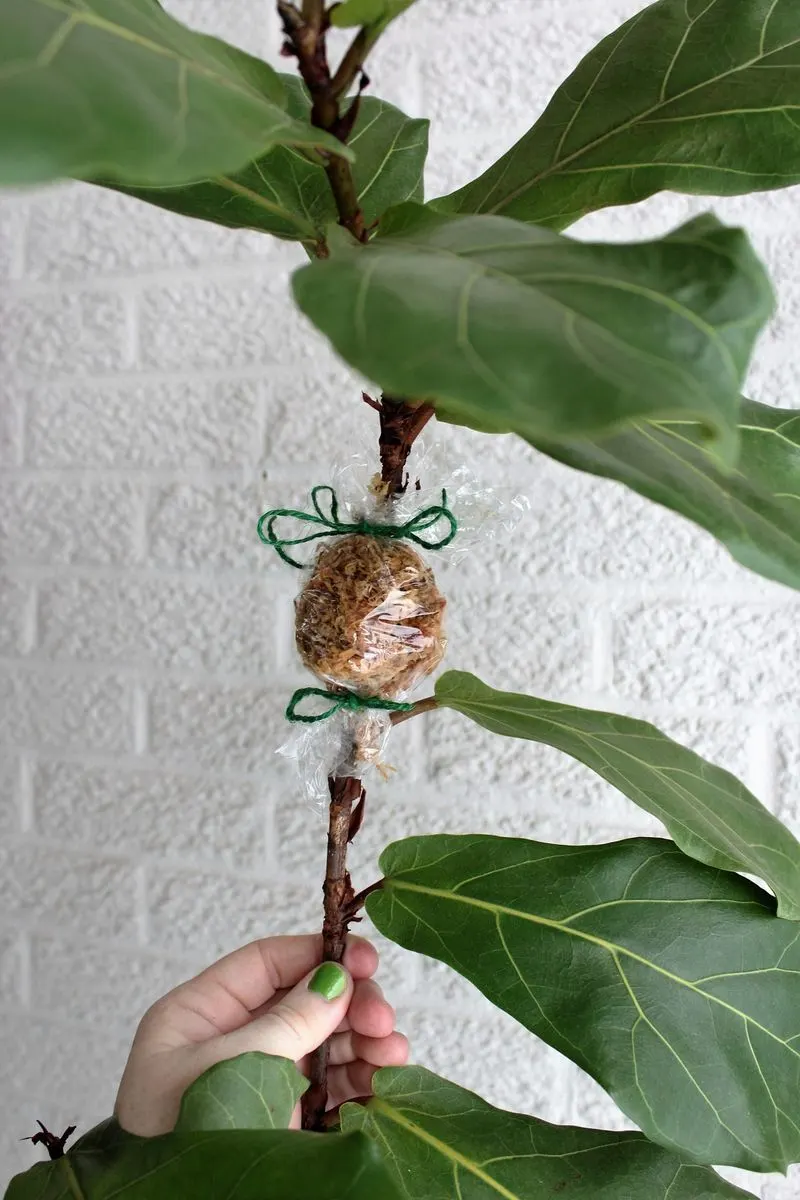
Air layering is a technique that allows propagation without cutting the plant entirely. Select a healthy branch, make a slight cut, and wrap it with moist sphagnum moss. Secure with plastic wrap and wait for roots to form. This method is ideal for larger indoor plants like rubber trees or fiddle leaf figs.
The moss should remain damp throughout the process, which might take weeks. Once roots are visible, the branch can be cut and potted. Air layering is particularly useful when dealing with rare or larger plants that are not easily propagated by other means.
Leaf Cuttings
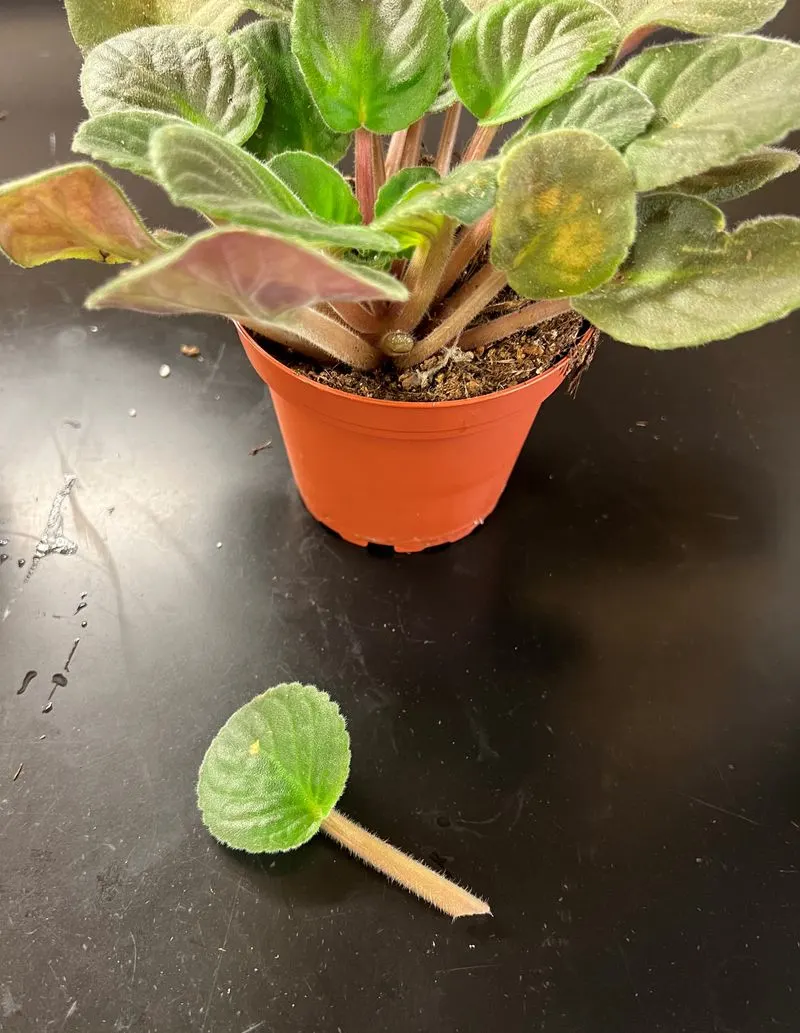
Using leaf cuttings is a unique way to propagate plants, especially for varieties like succulents or begonias. Gently detach a healthy leaf and lay it on top of moist soil. Over time, new roots and shoots will emerge from the leaf base. This method requires patience, as it can be slow but rewarding.
Ensure the environment is humid and warm to foster growth. Leaf cuttings should not be disturbed until new plants are visibly growing. This technique is perfect for creating multiple new plants from a single leaf, making it efficient and economical.
Stem Cuttings
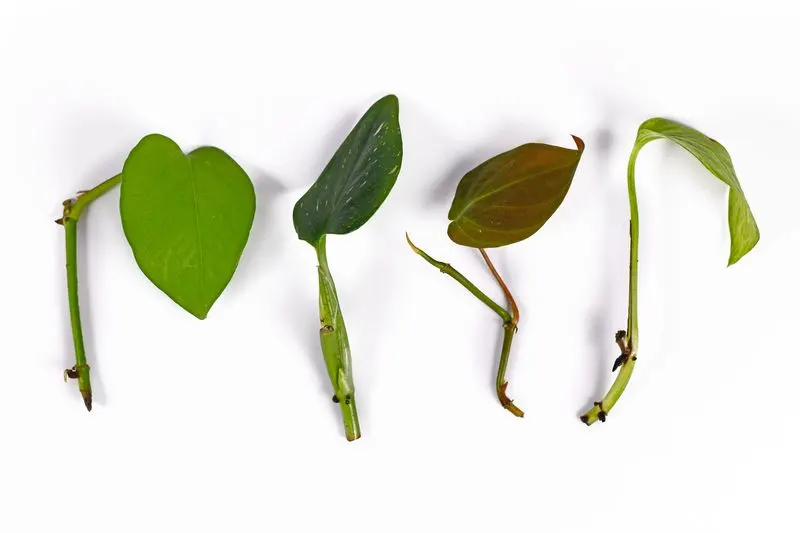
Stem cuttings are a classic propagation method suitable for many houseplants. Cut a healthy stem just below a node, remove lower leaves, and plant it in soil or water. Use a sharp knife or scissors to avoid damaging the plant.
This simple process works for plants like pothos, tradescantia, and coleus. Position the cuttings in a warm, bright spot but away from direct sunlight. Monitor the environment closely, as too much moisture can cause rot. Stem cuttings allow you to expand your plant collection easily, turning a single plant into many.
Division
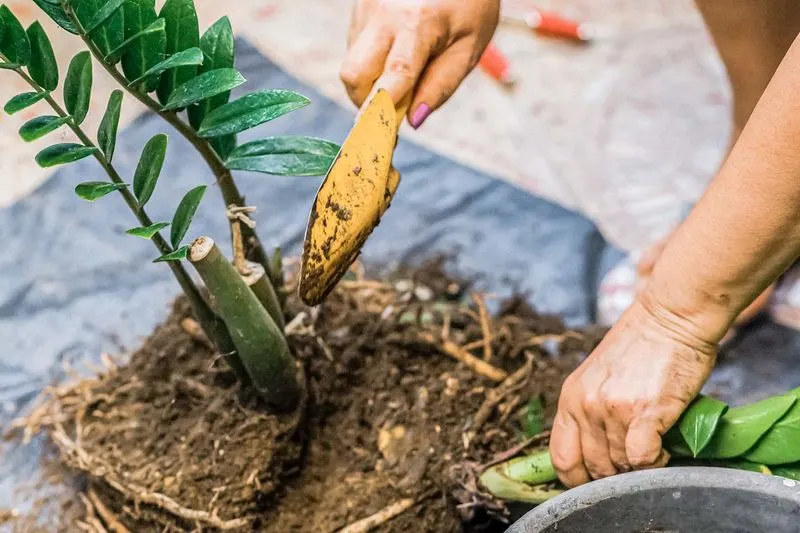
Propagating through division works well for plants that naturally form clumps, such as ferns or peace lilies. Gently remove the plant from its pot and separate it into smaller sections, ensuring each has roots attached. This method revitalizes the parent plant and creates new ones.
Divisions should be planted in fresh soil and watered thoroughly. Place them in a stable, warm environment to help them acclimate. Division is straightforward and guarantees that each new plant retains the characteristics of its parent. It’s an efficient way to manage plant growth and share plants with others.
Seed Propagation
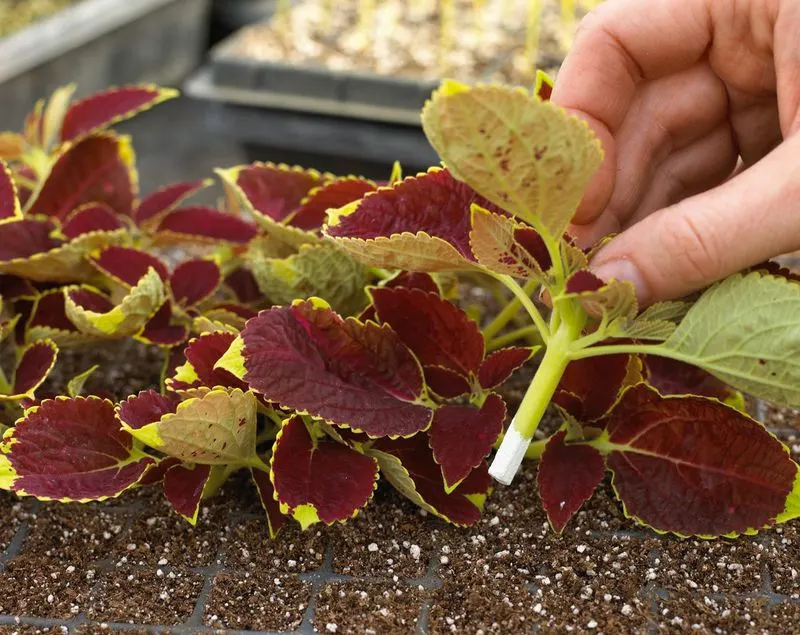
Starting plants from seeds during winter can be a rewarding challenge. Use a seed tray and place it under a grow light to provide ample warmth and light. Be patient, as germination can take longer in colder months. Maintain consistent moisture in the soil, but avoid waterlogging.
This technique is ideal for herbs or annual flowers, offering a fresh start with each seed. As seedlings grow, thin them out to prevent overcrowding. Watching seeds develop into full-grown plants provides a unique satisfaction, making the tending process worthwhile.
Root Cuttings
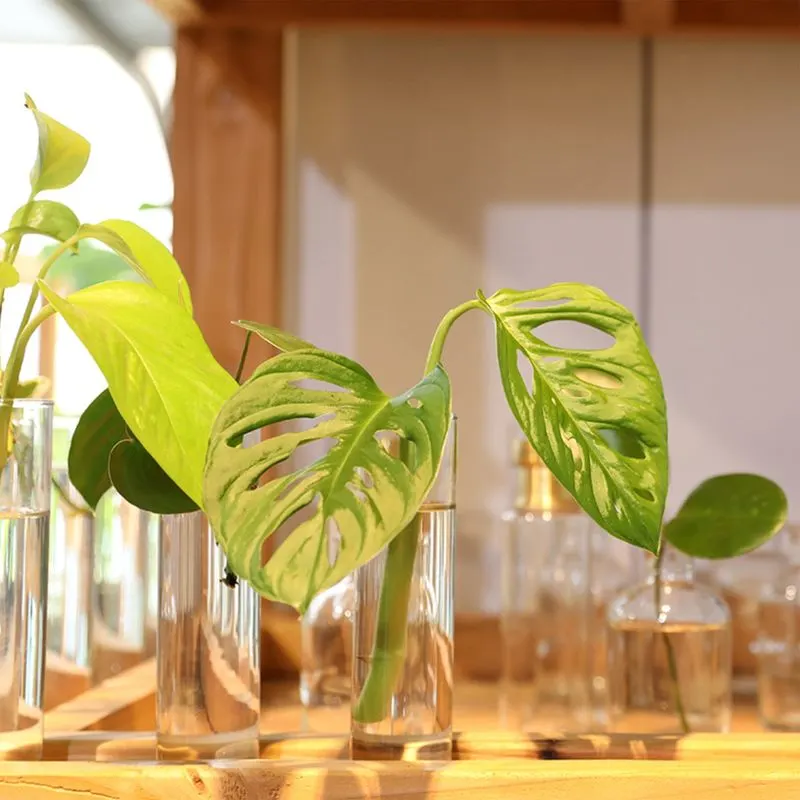
Root cuttings involve using parts of the root to grow new plants, perfect for species like snake plants or African violets. Carefully cut a section of the root, ensuring it has several nodes, and plant it horizontally in the soil. This technique requires minimal above-ground growth initially, focusing on establishing a robust root system first.
Keep the soil consistently moist and place the pot in a warm space. Over time, new shoots will emerge, heralding successful propagation. This method is excellent for expanding your plant collection from existing healthy specimens.

